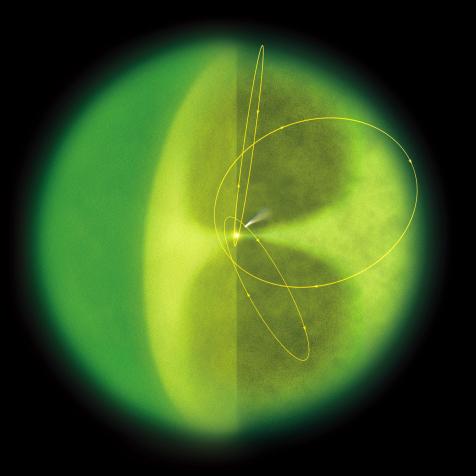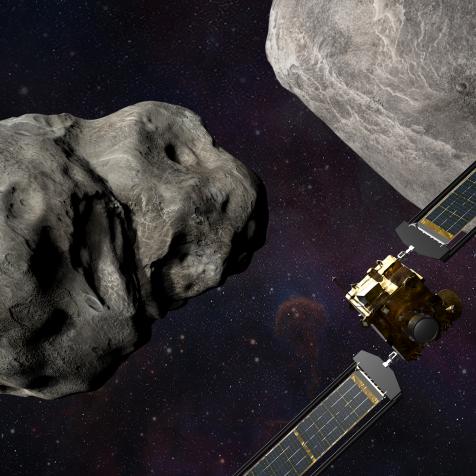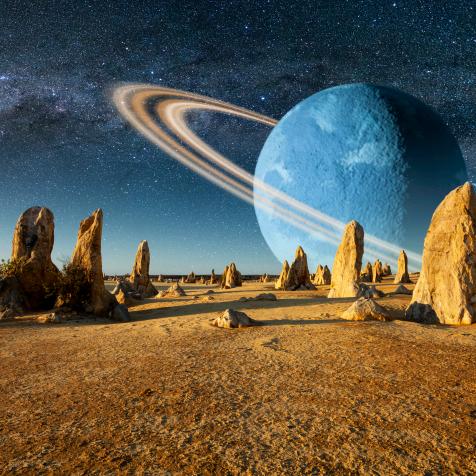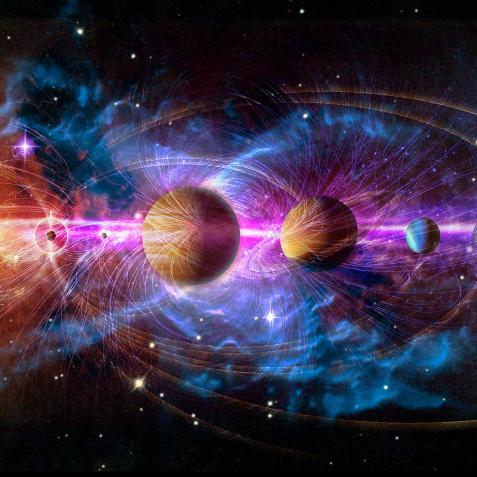
Event Horizon Telescope, European Southern Observatory/AF (ESO)
See the First Image of the Milky Way’s Huge Black Hole
For the first time, a colorized image of the supermassive black hole located at the center of our own Milky Way Galaxy was shared by astronomers.
The stunning first image of a black hole named, Sagittarius A, was shared on Thursday, May 12, 2022, by the team of astronomers behind the Event Horizon Telescope, actually made up of eight synchronized radio telescopes around the world.
The image was taken over the course of multiple nights and five years to develop the right tools including 100 million hours of supercomputer time from the US National Science Foundation.
This is not the first image of a black hole, but it is the first of one this close to Earth. The European Southern Observatory unveiled the first image in 2019 of a black hole in a galaxy 53 million light-years away. Sagittarius A is only 27,000 light-years away or about 5.9 trillion miles.
Black holes are notoriously difficult to locate, so this image is an important discovery. Feryal Ozel, of The University of Arizona, called the black hole a "gentle giant in the center of our galaxy." On Twitter, the Event Horizon Telescope team announced, "It's the dawn of a new era of black hole physics."
With this new data, scientists will be able to gather more information about how galaxies form and evolve.












































































